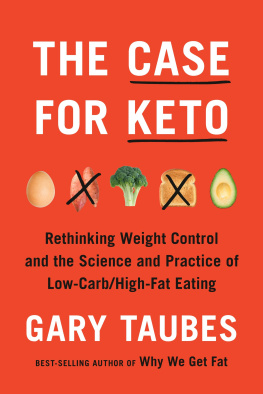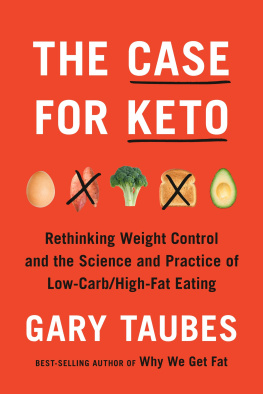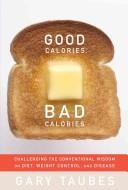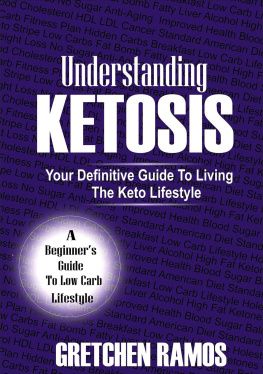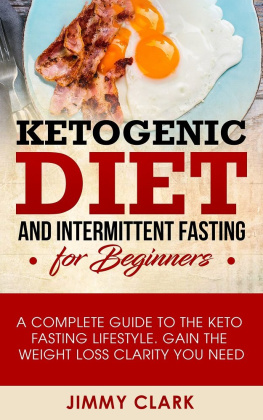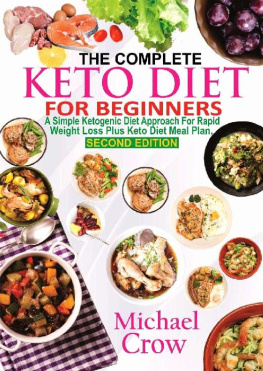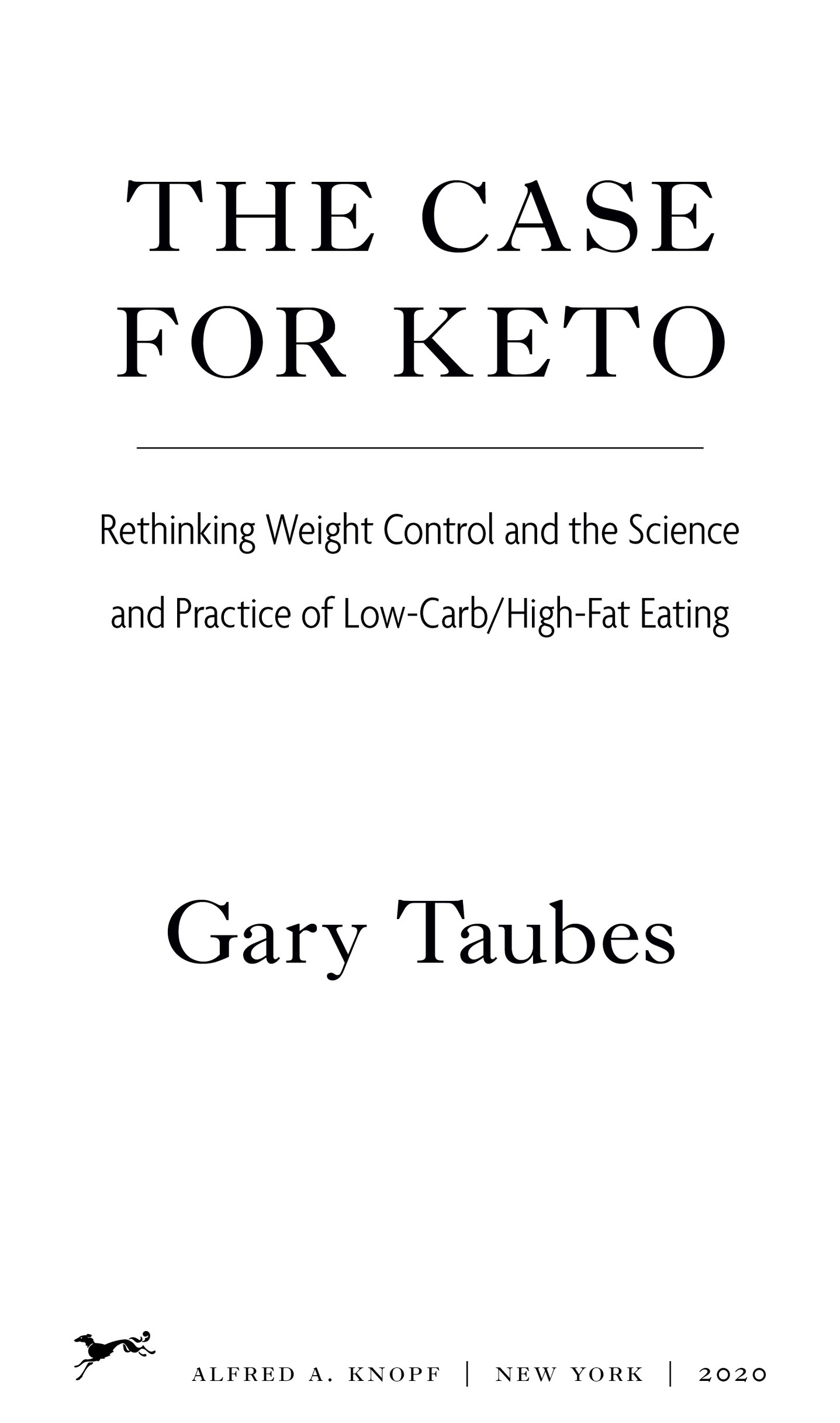ALSO BY GARY TAUBES
The Case Against Sugar
Why We Get Fat: And What to Do About It
Good Calories, Bad Calories: Challenging the Conventional Wisdom on Diet, Weight Control, and Disease
Bad Science: The Short Life and Weird Times of Cold Fusion
Nobel Dreams: Power, Deceit, and the Ultimate Experiment
THIS IS A BORZOI BOOK
PUBLISHED BY ALFRED A. KNOPF
Copyright 2020 by Gary Taubes
All rights reserved. Published in the United States by Alfred A. Knopf, a division of Penguin Random House LLC, New York, and distributed in Canada by Penguin Random House Canada Limited, Toronto.
www.aaknopf.com
Knopf, Borzoi Books, and the colophon are registered trademarks of Penguin Random House, LLC.
Grateful acknowledgment is made to Oxford University Press and Copyright Clearance Center for permission to reprint previously published material from The Heritage of Corpulence by E. B. Astwood, originally published in Endocrinology (August 1962, Volume 71) by Oxford University Press. Copyright 1962 Oxford University Press. Reprinted by permission of Oxford University Press and Copyright Clearance Center.
Library of Congress Cataloging-in-Publication Data
Names: Taubes, Gary, author.
Title: The case for Keto : rethinking weight control and the science and practice of low-carb/high-fat eating / Gary Taubes.
Description: First edition. | New York : Alfred A. Knopf, 2020. | This is a Borzoi book published by Alfred A. Knopf. | Includes bibliographical references and index.
Identifiers: LCCN 2019032358 (print) | LCCN 2019032359 (ebook) | ISBN 9780525520061 (hardcover) | ISBN 9780525520078 (ebk)
Subjects: LCSH: Reducing diets. | Ketogenic diet. | Low-carbohydrate diet. | Weight loss.
Classification: LCC RM 222.2 . T 353 2020 (print) | LCC RM 222.2 (ebook) | DDC 641.5/6383dc23
LC record available at https://lccn.loc.gov/2019032358
LC ebook record available at https://lccn.loc.gov/2019032359
Ebook ISBN9780525520078
Photographs Kirsten Lara Getchell
Cover images: Germano Poli / EyeEm, Jenny Dettrick, bluestocking, choness, JamieB, all Getty images
Cover design by Jennifer Carrow
ep_prh_5.5.0_c0_r1
To Kitty and Larry
Our grand business undoubtedly is, not to see what lies dimly at a distance, but to do what lies clearly at hand.
An aphorism of Thomas Carlyles embraced by William Osler as the basis of his practical philosophy of medicine
I thought, Holy moly, this worked!
Ashvy Bhardwaj, a British physician, describing her realization that her patient had reversed type 2 diabetes merely by changing what she ate
Contents
Introduction
The conflict
I am not writing this book for the lean and healthy of the world, although I certainly believe they can benefit by reading it. I am writing it for those who fatten all too easily, who are drifting inexorably toward overweight, obesity, diabetes, and hypertension, or some combination of them, or who are already afflicted and are living at increased risk of heart disease, stroke, and, in fact, all chronic disease. And Im writing it for their doctors.
This book is a work of journalism masquerading as a self-help book. Its about the ongoing conflict between the conventional thinking on the nature of a healthy diet and its failure to make us healthy, about the difference between how we have been taught to eat to prevent chronic disease and how we may have to eat to return ourselves to health. Should we be eating to reduce our risk of future disease, or should we be eating to achieve and maintain a healthy weight? Are these one and the same?
Since the 1950s the world of nutrition and chronic disease has been divided on these questions into two major factions. One is represented by the voices of authority, assuring us that they know what it means to eat healthy and that if we faithfully follow their advice, we will live longer and healthier lives. If we eat real food, perhaps mostly plants, and certainly in moderation, we will be maximizing our health. This advice goes along with the overwhelming consensus of opinion in the medical establishment that we get fat because we eat too much and exercise too little. Hence the means of prevention, treatment, or cure, whether provided by the pharmaceutical industry or by our own power of will, is to tame our appetites.
As I write this paragraph, the American Heart Association and the American College of Cardiology have just released their latest lifestyle guidelines. These health organizations recommend, as they have for decades now, that those who are fat or diabetic should restrict their calories, eat less (particularly less saturated fat), and perhaps take up regular exercise (or exercise more regularly) if they want to avoid premature death from heart disease. It all seems eminently reasonableyet it clearly doesnt work, at least not on a population-wide basis. It likely hasnt worked for you if youre reading this book. This thinking, though, has been accepted as dogma for fifty years and is disseminated ubiquitously, even as the prevalence of obesity in the United States has increased by over 250 percent and diabetes by almost 700 percent (a number that I believe should frankly scare us all silly). So the question is, as it has always been, Is this thinking and advice simply wrong, or are we just not following it?
The other faction, the heretics, make their claims very often in the context of what the experts dismiss as fad diet books. These books offer up a very different proposition from the conventional thinking on healthy eating. While the authorities are telling us that if we eat as they propose, we will prevent or delay the eventual onset of chronic disease and live longer and healthier by doing so, these diet book doctors are claiming to be able to reverse chronic disease (including obesity) rather than prevent it. We should try their approach, these books imply, and see if it works: Does it help us achieve and maintain both health and a healthier weight? If it does, we can reasonably assume that it will lead as well to a longer and healthier life, heresy be damned.
The authors of these books claim to have confidence that their approach works, but we dont have to accept their words on faith. (Some of their advice is contradictory, so clearly it cant all work.) But if we can take their advice and get healthier and leaner by doing so, then each of us can decide if the consensus of medical opinion is right for us and perhaps at all.
The authors of these books almost invariably started their careers as practicing physicians, and many still are. Almost invariably, they say they struggled with their own excess weight but freed themselves from the conventional thinking long enough to delve into the research literature and seemingly solve the problem. They had what the journalist and best-selling author Malcolm Gladwell called in a 1998 New Yorker article, in precisely this context, a conversion experience. They found a way to eat that made it easy to achieve a healthy weight and then to maintain it. Then they tried it on their patients, and it worked (or so they claimed), and they wrote books about it, and the books often became best sellers.
These books are commonly based on a single fundamental assumption, sometimes implicit, sometimes explicit: We get fat not because we eat too much but because we eat carbohydrate-rich foods and drink carbohydrate-rich beverages. The culprits, specifically, are sugars, grains, and starchy vegetables. For those who fatten easily, these carbohydrates are the reason they do. One powerful implication of these diet books is that obesity is caused

